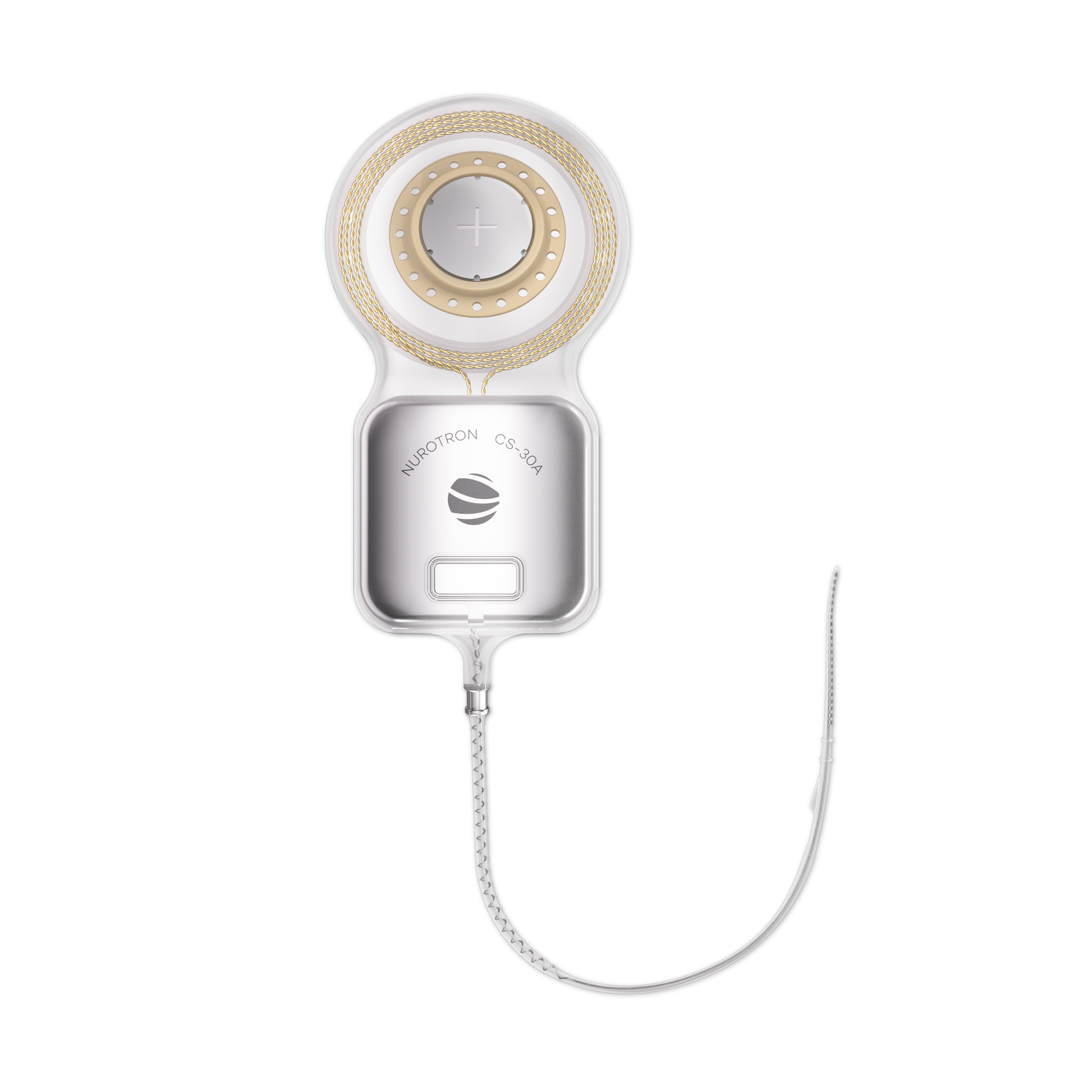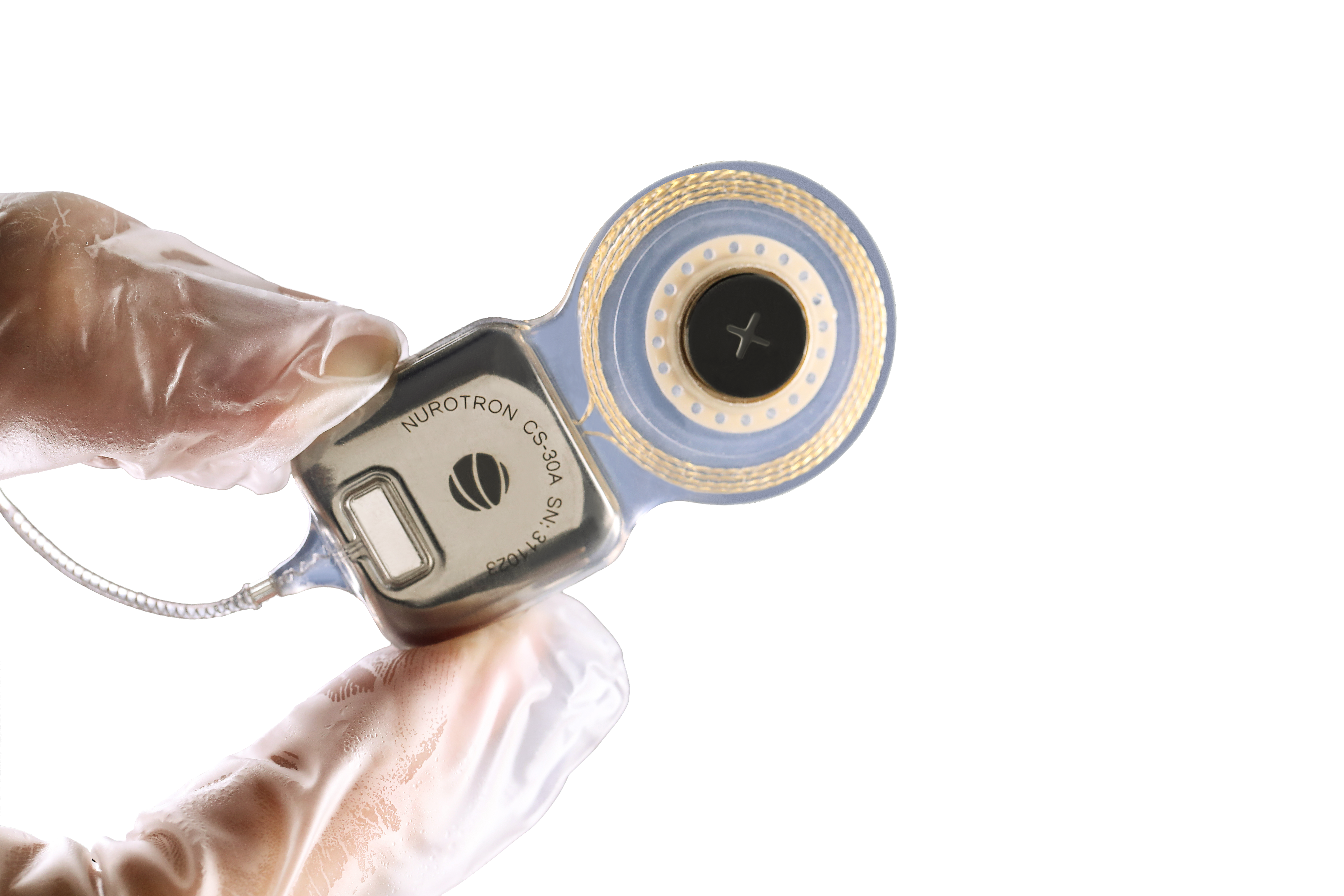
In recent years, the integration of cochlear implants with magnetic resonance imaging (MRI) technology has marked a significant advancement in medical science. The ability for patients with cochlear implants to undergo MRI scans without compromising their hearing devices is a breakthrough that enhances diagnostic capabilities and patient safety. This innovation not only alleviates concerns regarding device damage but also expands the range of medical evaluations available to individuals who rely on these life-changing technologies.
Click to find more about cochlear implant MRI compatible.
Cochlear Implant MRI Compatibility: A Game Changer
The development of MRI-compatible cochlear implants represents a pivotal shift in audiological care. Traditionally, patients with these devices faced limitations when needing advanced imaging due to potential risks associated with strong magnetic fields. However, advancements in materials and engineering have led to designs that can safely coexist within an MRI environment, allowing healthcare providers to obtain critical images without jeopardizing the integrity of the implant or the patient’s hearing abilities.
Nurotron: Pioneering Innovations in Cochlear Technology
Nurotron Biotechnology Co., Ltd. stands at the forefront of this technological evolution by producing cutting-edge cochlear implant systems designed specifically for compatibility with MRI procedures. Their commitment to research and development ensures that users benefit from both high-quality auditory experiences and seamless access to necessary medical imaging services. By prioritizing patient needs through innovative design, Nurotron exemplifies how modern companies can address complex challenges within healthcare.
Click external parts of cochlear implant.
Understanding External Parts of Cochlear Implants
The external components of cochlear implants play a crucial role in their functionality and user experience. Typically consisting of a microphone, speech processor, transmitter coil, and battery pack, these elements work together seamlessly to convert sound into electrical signals sent directly to the auditory nerve. With advancements ensuring compatibility during MRIs, manufacturers are now focusing on enhancing durability while maintaining lightweight designs for improved comfort during everyday use.
Conclusion: Embracing Innovation for Enhanced Patient Outcomes

The emergence of cochlear implants that are compatible with MRI technology signifies an important milestone in improving patient outcomes across various medical disciplines. As we continue embracing such innovations like those offered by Nurotron, it becomes increasingly clear that integrating advanced technologies will lead us toward more comprehensive care solutions for individuals relying on hearing assistance devices.
